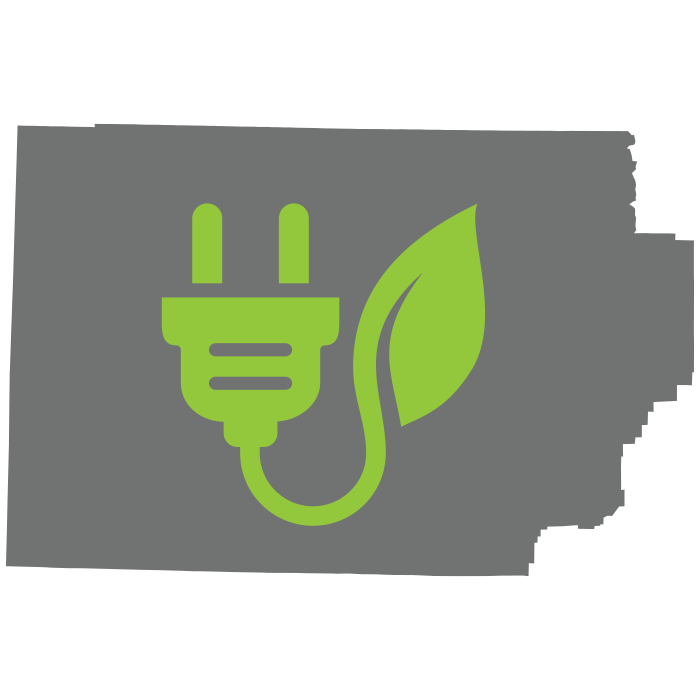

ABOUT
Project Overview
For almost four decades, the Intermountain Power Project (IPP) has served as a model of regional energy cooperation, generating and transmitting electricity to a diverse group of municipal utilities and rural electric cooperatives with operations across six U.S. states. As these entities’ current power purchase agreements near expiration, Intermountain Power Agency (IPA) is expanding its role as a regional energy hub, including utilizing renewable energy resources to produce and store hydrogen that can be drawn upon to generate carbon-free electricity.
IPP Renewed includes installation of new natural gas-fueled electricity generating units capable of utilizing hydrogen for 840 megawatts of net generation output, modernization of IPP’s Southern Transmission System and utilization of existing infrastructure.
Simultaneously, underground storage caverns in a unique salt dome located deep beneath the power station are being developed to store hydrogen, which will be used to also fuel the power station.
IPP will use this “clean hydrogen” – made from renewable energy-powered electrolysis as dispatchable fuel. The new power station turbines will be designed to utilize 30 percent hydrogen fuel at start-up, transitioning to 100 percent hydrogen by 2045.
Plans for IPP Renewed have been in development for over a decade by IPP participants including the Intermountain Power Agency and its customers – Utah Municipalities, Utah Electric Cooperatives and California entities.
Clean Hydrogen
When too much renewable energy is generated in the region and cannot otherwise be used, it will be used to create hydrogen which is stored in underground salt caverns beside the power plant. Hydrogen can then be used in the turbines as dispatchable power – solving a problem for renewable energy by creating a system that acts as a battery for energy.
Energy and environmental publications and policymakers around the globe are taking special notice of the IPP Renewed project for its unique advantages in being able to use both existing infrastructure and salt cavern storage potential by integrating decades-old technologies and applying them at scale to support clean electricity generation.
Even with the production of clean hydrogen, the facility will only use a fraction of the water presently consumed by the existing coal-fired power plant.


Natural Resources
The new facility will only use a fraction of the water presently consumed by the existing power plant.
In 1979, the Intermountain Power Project acquired water shares averaging 45,000 acre feet annually at a cost significantly above its agricultural value.

Maximizing Existing Infrastructure
Utilizing existing land, transmission systems, geological salt dome energy storage and a skilled energy workforce, IPP Renewed creates billions of dollars in new investment in natural gas and clean hydrogen power generation at the IPP site in Millard County with no government subsidies.
The only high-quality geologic salt dome in the Western United States, which is already being used for storage of liquid fuels in solution-mined caverns deep underground, will store hydrogen for dispatchable energy.
A key element of the renewal project is the modernization of the Southern Transmission System. That high-voltage transmission system provides a direct-current link from IPP Renewed to customers and represents a critical element in the delivery of electricity to the Western U.S. power grid.

Jobs & Economic Development
IPP is an economic engine for Utah. IPP makes an average contribution of $866 million annually in economic activity to the state of Utah. Meanwhile, IPA has paid $720 million state and local taxes while creating highly compensated, skilled employment opportunities for central Utah.
Rather than abandon the site when the coal units have outlived their useful lifespan—a situation currently faced by many coal communities nationwide—IPA has successfully developed a new energy project that will build upon the substantial infrastructure already in place at IPP.
IPP Renewed construction will employ roughly 1,200 workers at peak employment. The new generating units will help preserve operating jobs that would otherwise have been lost.
Millard County is becoming a world-recognized center for clean hydrogen deployment thereby providing opportunities for additional economic development supporting hydrogen-using industries.

